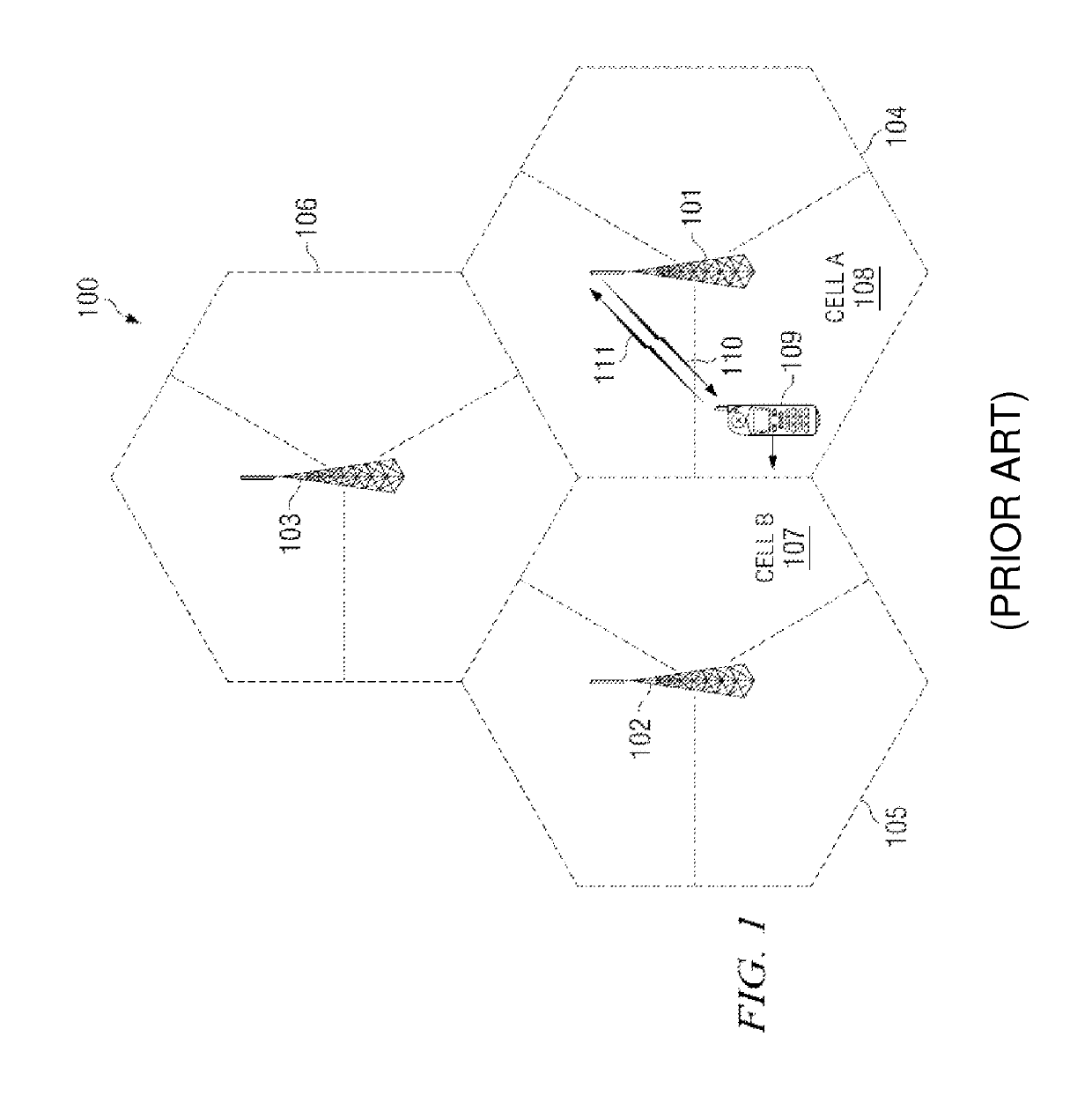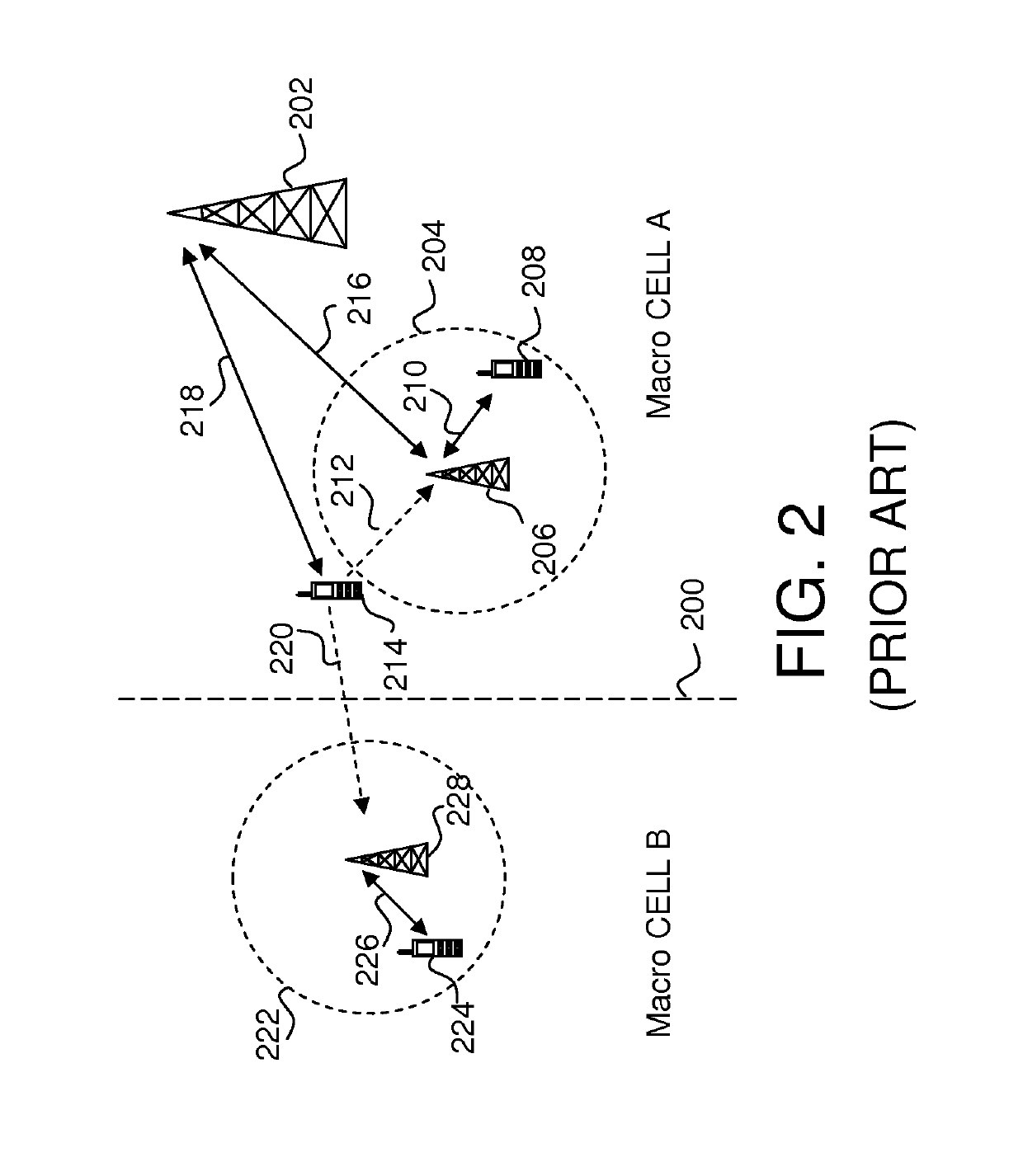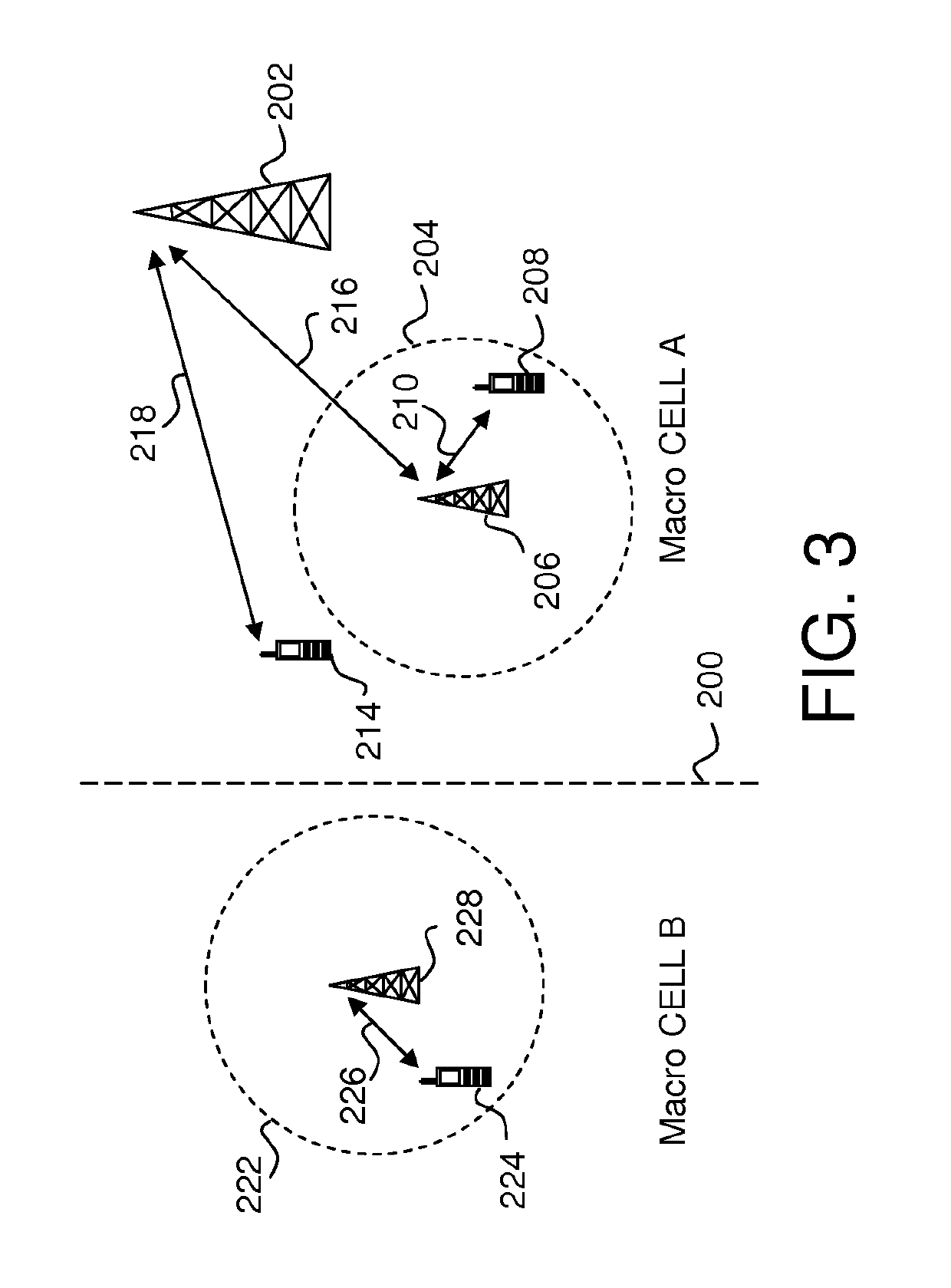Uplink signaling for cooperative multipoint communication
a multi-point communication and cooperative technology, applied in data switching networks, site diversity, high-level techniques, etc., can solve the problems of different interference environments, significant increase of inter-cell interference, and different problems, and achieve the effect of reducing inter-point interferen
- Summary
- Abstract
- Description
- Claims
- Application Information
AI Technical Summary
Benefits of technology
Problems solved by technology
Method used
Image
Examples
Embodiment Construction
[0018]Inter-channel interference is a significant problem in the uplink control channel of an LTE wireless communication system.
[0019]The following abbreviations may be used throughout the instant specification.
[0020]BLER: Block Error Rate
[0021]BSI: Base Sequence Index
[0022]CQI: Channel Quality Indicator
[0023]CRS: Cell-specific Reference Signal
[0024]CRC: Cyclic Redundancy Check
[0025]CSH: Cyclic Shift Hopping
[0026]CSI: Channel State Information
[0027]CSI-RS: Channel State Information Reference Signal
[0028]DCI: Downlink Control Indicator
[0029]DL: DownLink
[0030]DMRS: Demodulation Reference Symbol or UE-specific Reference Symbol
[0031]DPS: Dynamic Point Selection
[0032]eNB: E-UTRAN Node B or base station
[0033]EPDCCH: Enhanced Physical Downlink Control Channel
[0034]E-UTRAN: Evolved Universal Terrestrial Radio Access Network
[0035]HARQ-ACK: Hybrid Auto Repeat Request-Acknowledge
[0036]IRC: Interference Rejection Combining
[0037]JT: Joint Transmission
[0038]LTE: Long Term Evolution
[0039]MIMO: Mul...
PUM
 Login to View More
Login to View More Abstract
Description
Claims
Application Information
 Login to View More
Login to View More - R&D
- Intellectual Property
- Life Sciences
- Materials
- Tech Scout
- Unparalleled Data Quality
- Higher Quality Content
- 60% Fewer Hallucinations
Browse by: Latest US Patents, China's latest patents, Technical Efficacy Thesaurus, Application Domain, Technology Topic, Popular Technical Reports.
© 2025 PatSnap. All rights reserved.Legal|Privacy policy|Modern Slavery Act Transparency Statement|Sitemap|About US| Contact US: help@patsnap.com



